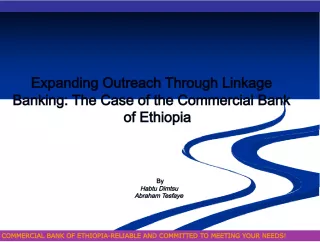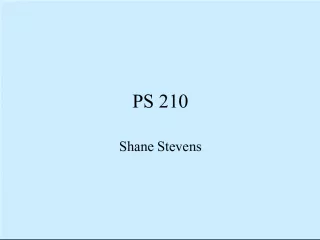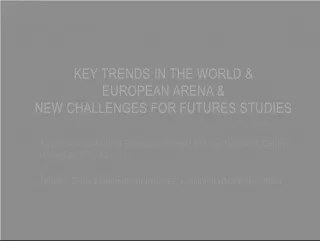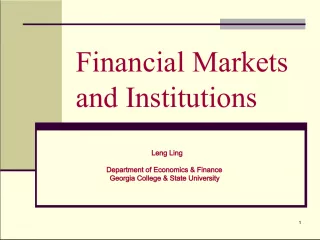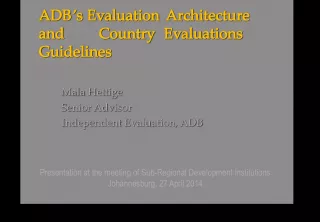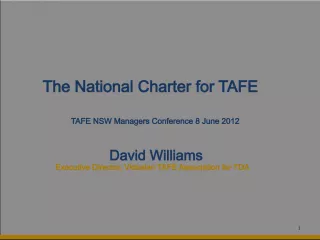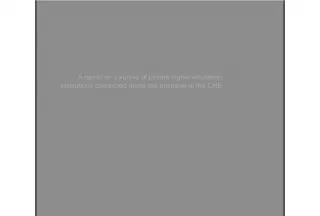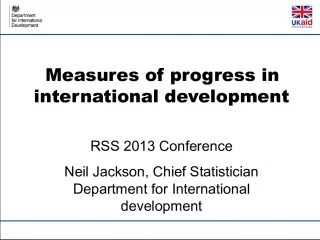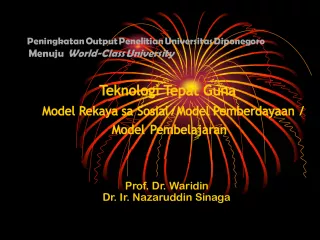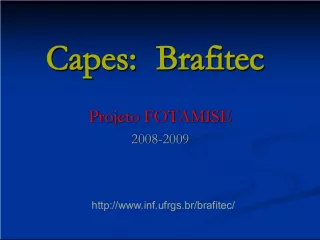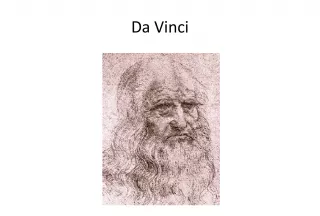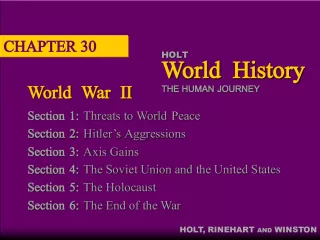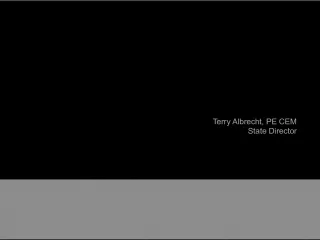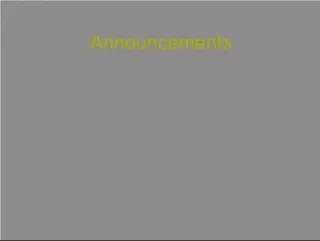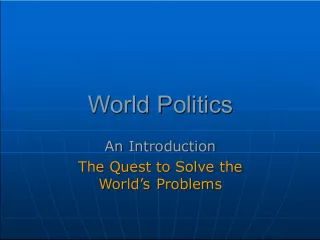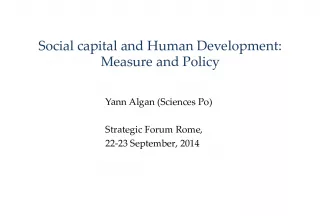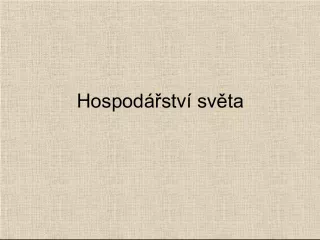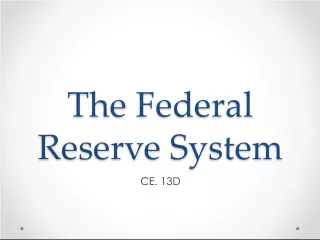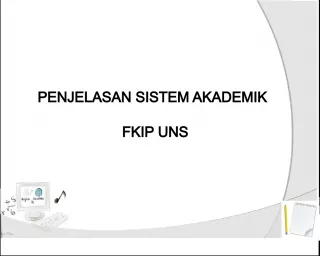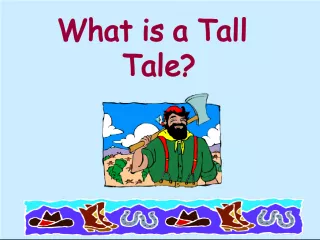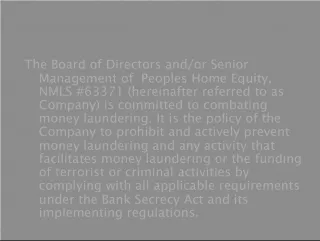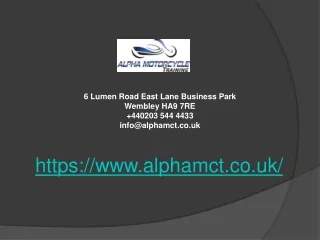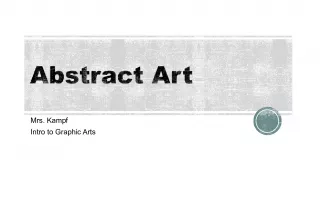Key Institutions: World Bank Created at Bretton Woods in 1944
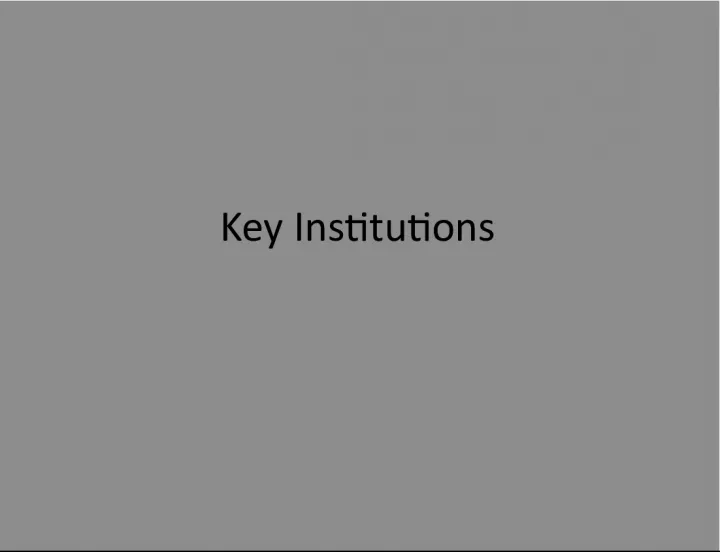

The World Bank was established in 1944 with the primary objective of strengthening economies and expanding markets to improve the quality of life for people around the world,
- Uploaded on | 1 Views
-
 alfredojenkins
alfredojenkins
About Key Institutions: World Bank Created at Bretton Woods in 1944
PowerPoint presentation about 'Key Institutions: World Bank Created at Bretton Woods in 1944'. This presentation describes the topic on The World Bank was established in 1944 with the primary objective of strengthening economies and expanding markets to improve the quality of life for people around the world,. The key topics included in this slideshow are . Download this presentation absolutely free.
Presentation Transcript
Slide1Key Institutions
Slide2World Bank• Created at Bretton Woods (1944) • Stated objective: – Strengthen economies and expand markets to improve the quality of life for people everywhere (especially poorest) – Use first rate financial standing to invest in health, education and the environment – Advise globally on the investment of private capital in development projects.
Slide3In other words…• The World Bank helps poor countries by investing in them, and creating projects to improve standards of living.
Slide4International Monetary Fund (IMF)• Founded at Bretton Woods • Was supposed to avoid mistakes that led to the Great Depression in 1930s. • Key objectives: – Promote international monetary cooperation – Facilitate expansion and balanced growth of international trade – Promote high employment and sustainable economic growth – Reduce poverty
Slide5In other words…• The IMF lends money to the member states (there are 184). • Has been criticised as has a ‘one fits all’ approach. • Power lies with the G8 nations (France, Germany, Italy, Japan, Russia, UK, US, Canada and the EU is also represented) • US had stated it will not allow voting power to fall below 15%, which gives it veto power.
Slide6World Trade Organisation (WTO)• Promotes globalisation. • Set up in 1995. • Key aims: – Liberalise world trade, – Promote economic stability, – Lay down the rules for world trade.
Slide7In other words…• WTO resolves trade problems. • There are issues because each state seeks to protect their own economies • Example: Doha Round table would have raised developing states income by $60 billion.
Slide81999 Seattle WTO meeting
Slide92001 Genoa, death of Carlo Giuliani
Slide10Irony?• Protestors accuse Western governments of hypocrisy because they promote trade liberalism in developing states, however their own barriers remain high. • Ironically, it is globalisation that allows these protestors to so effectively argue their cause.(Mine Ban Treaty)
Slide11StiglitzProtestors see globalisation in a very different light than the Treasury secretary of the US, or the finance and trade ministers of the most advanced industrial countries. The difference in views are so great that one wonders, are the protestors and the policy makers talking about the same phenomena? Are they looking at the same data? Are the visions of those in power so clouded by special and particular interests? Protestors see globalisation in a very different light than the Treasury secretary of the US, or the finance and trade ministers of the most advanced industrial countries. The difference in views are so great that one wonders, are the protestors and the policy makers talking about the same phenomena? Are they looking at the same data? Are the visions of those in power so clouded by special and particular interests?
Slide12Case Study: Bolivia• Background: ‘Revolving door presidency’ • World Collapse in tin prices • Foreign debt was $3 billion in 1980. • Stopped repaying foreign debt and PRINTED MONEY! • Massive inflation (hyperinflation) • IMF & World Bank: limited aid ‘structural adjustment’
Slide13Activity from Text - Discussion1. What were the aims of the IMF and World Bank in Bolivia? 2. What methods did the IMF and World Bank pursue to achieve these aims? 3. To what extent were the aims of the IMF and World Bank achieved in Bolivia? 4. What weaknesses of the IMF and World Bank does the case-study of Bolivia highlight?
Slide14Groups: Case Studies1. What is the main argument/action of the organisation in this instance? 2. What is the intended aim of this? 3. Create a PMI chart as a group for this issue. (if time)
